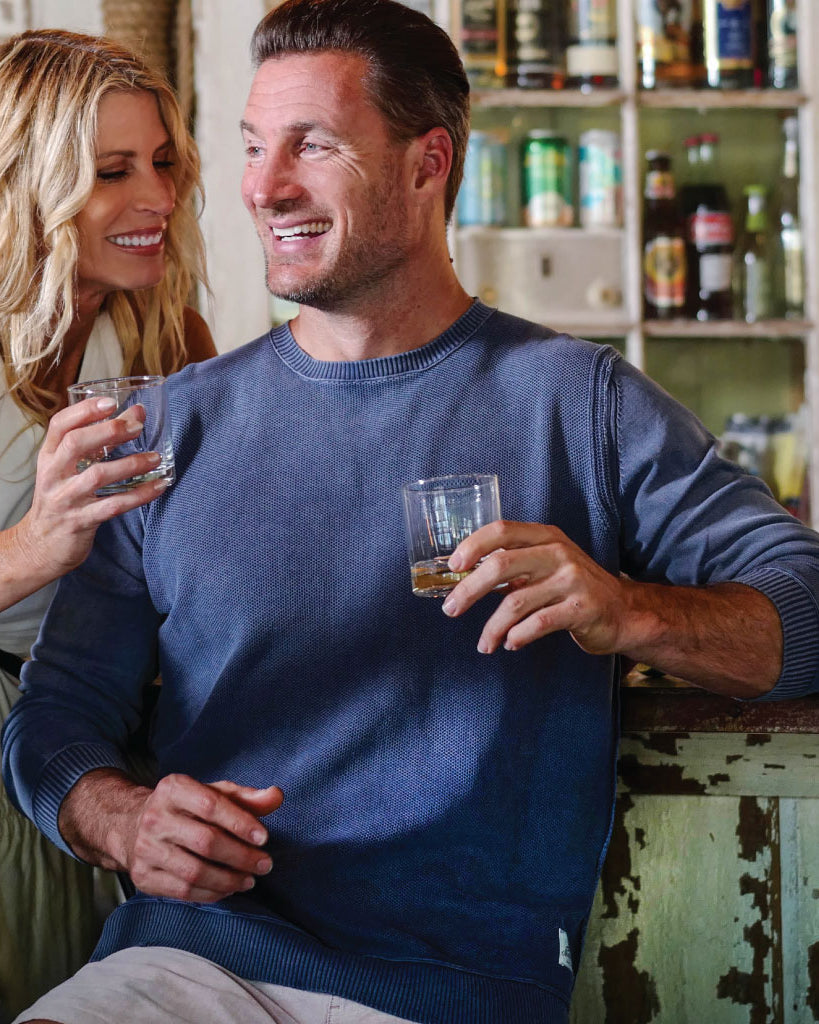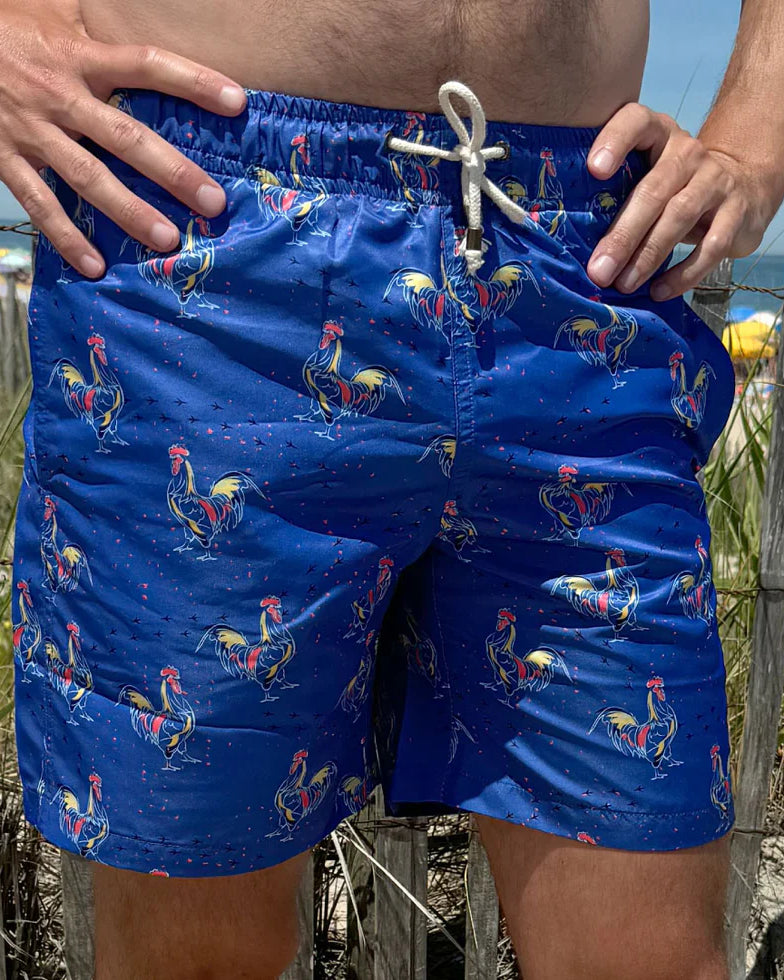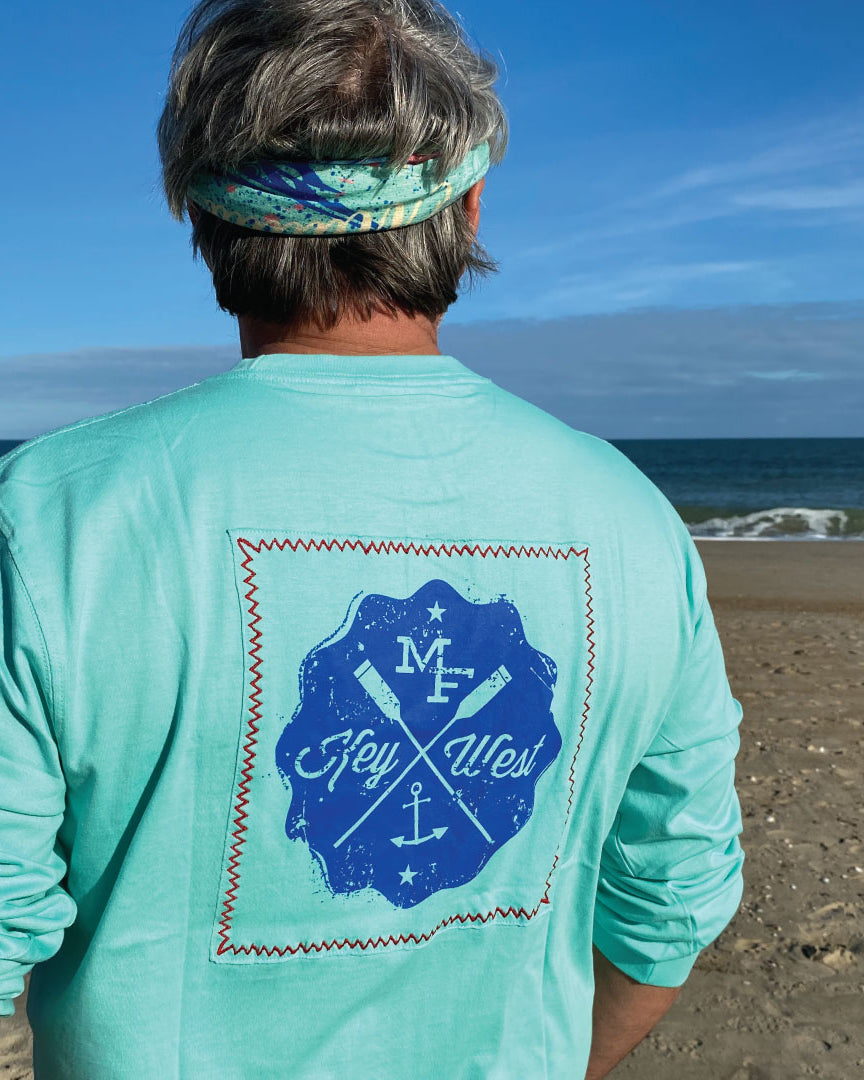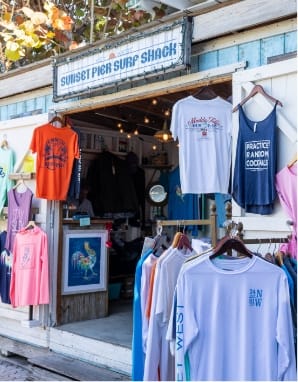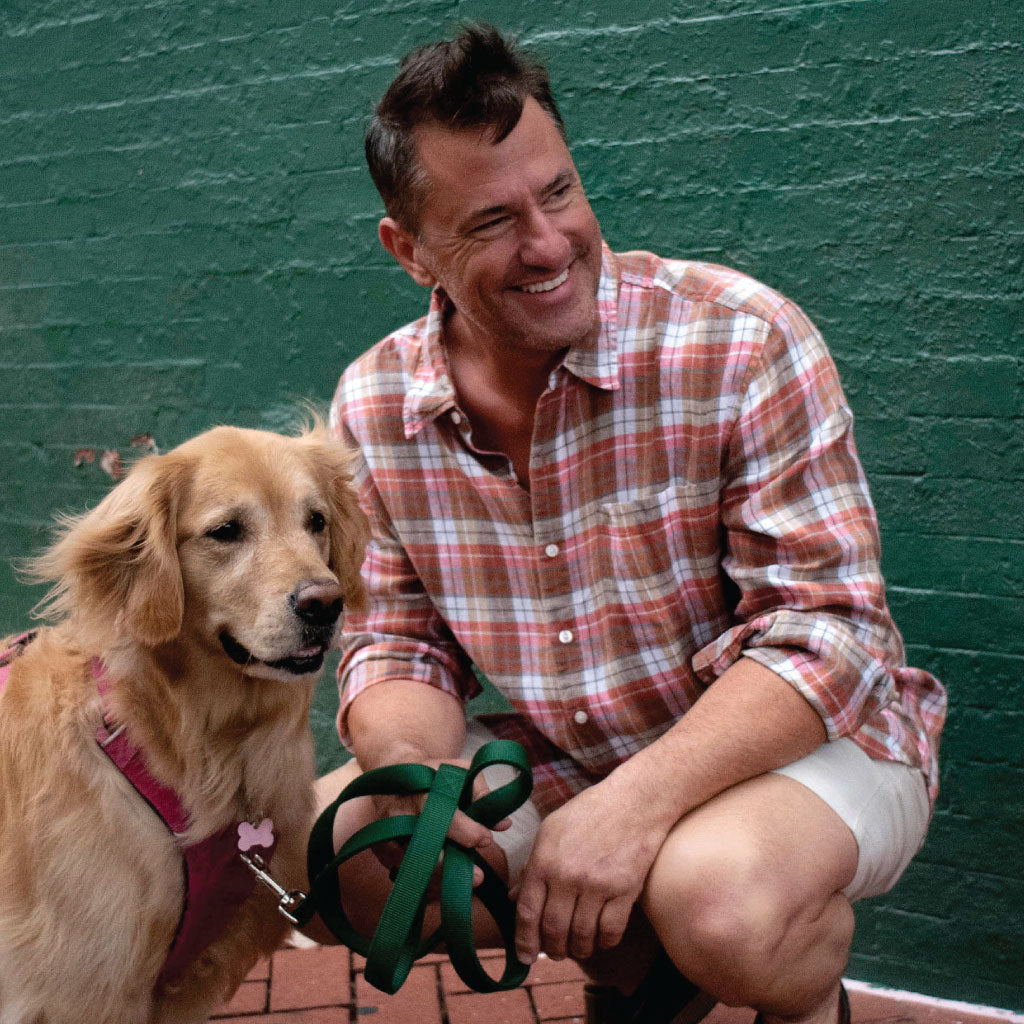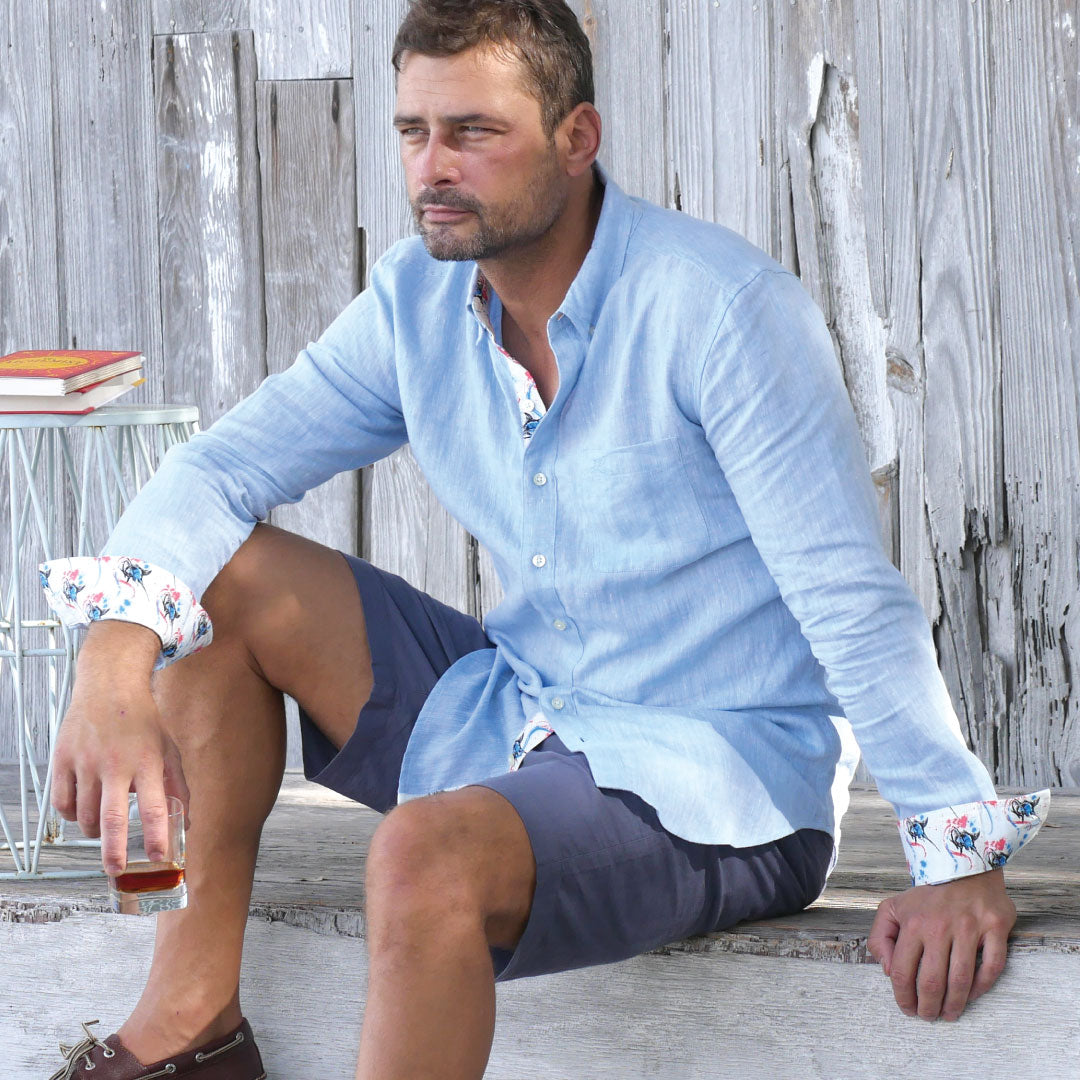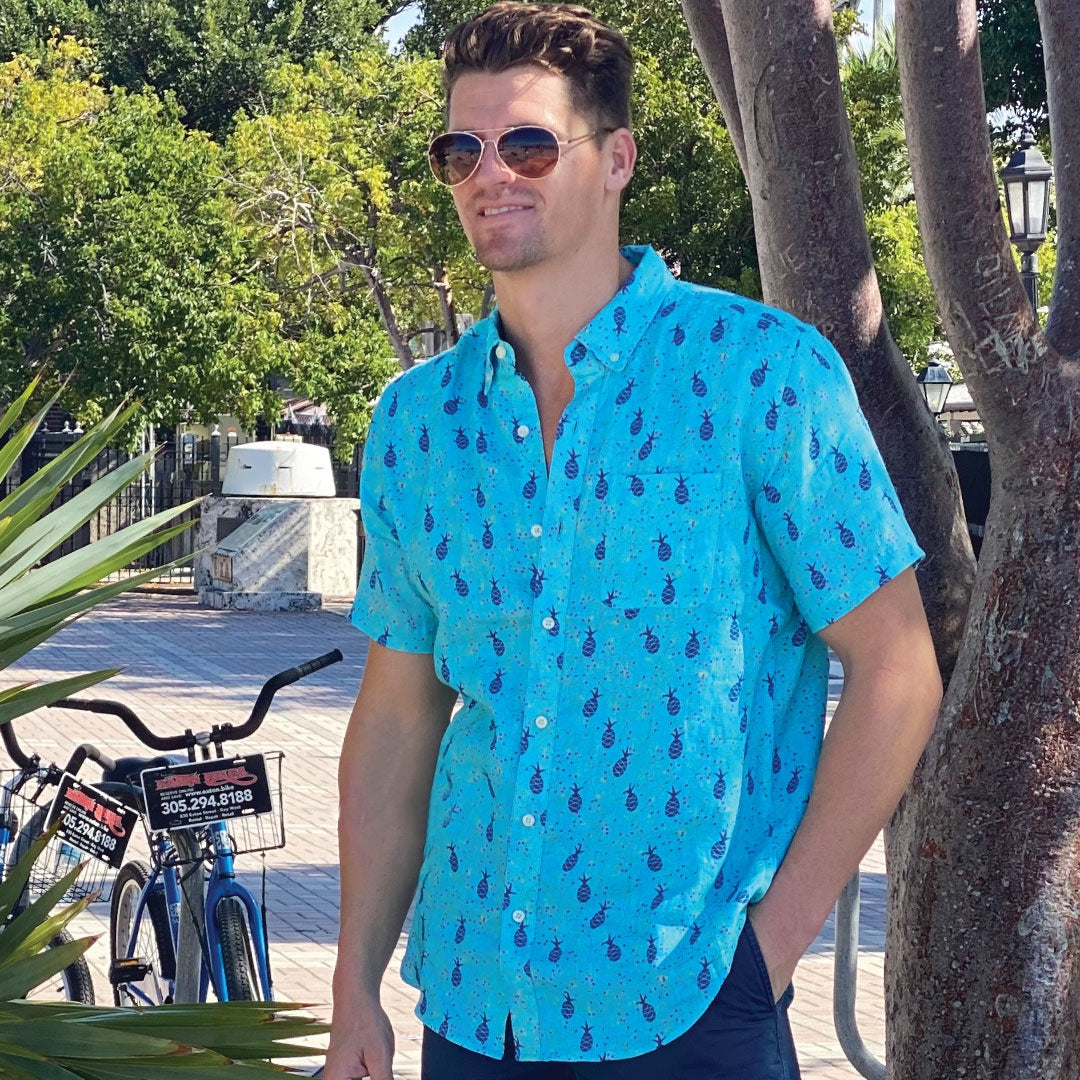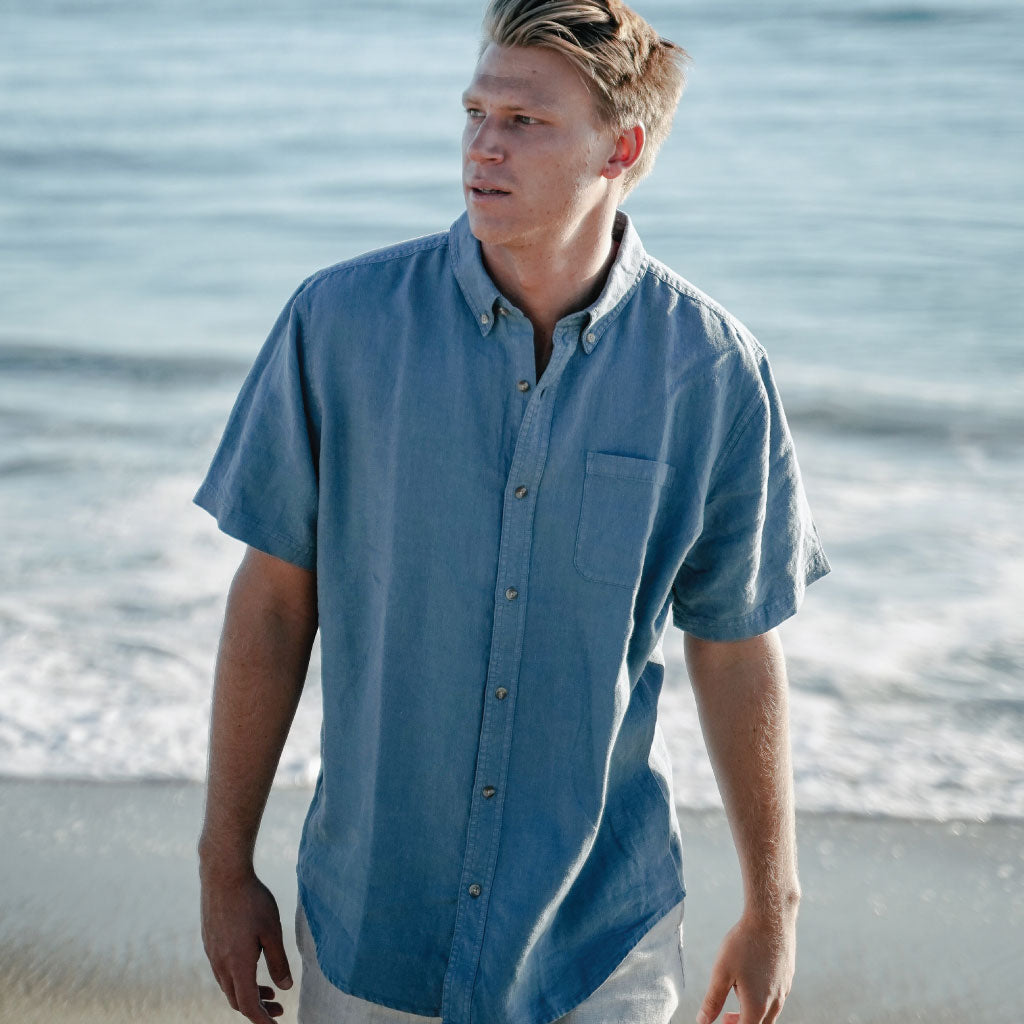Here is a quick overview of the aquaculture process. Scallops release their sperm and eggs into the open water and are fertilized. This fertilized creature, is a free-swimming creature, attaches itself to seagrasses, and is referred to as ‘spat’. Fishermen have a method of catching the spat before it attaches to seagrasses.
To catch the spat, fishermen suspend ‘spat bags’ in the water. These spat bags contain a stuffing that collects the spat that is drifting in the sea current. (In Maine, this is typically done late summer and early fall.)
The spat bags are connected to a line that is anchored in the sea and stays submerged until May/June. At this point, the small scallops have formed in the spat bags. The bags are retrieved and the small scallops are transferred into a nursery.
The nursery is an enclosed cage-like device that is placed back into the water and protects the small scallops from predators while allowing its food, plankton, to flow through and feed the scallops. Here they will grow in size over the next two to four years into a full-sized scallop.
The scallop nurseries are cared for throughout those years as cleaning the nursery is required often to prevent fouling of the scallops.
Once this two to four-year period of time is complete, the scallops are harvested from the nurseries and the same process of shucking and bringing the scallops back to shore is performed.
There are different government requirements that must be followed in order to ensure the scallops being harvested meet all regulations.
The cost of the equipment, the government requirements, the time to initially harvest the scallops requires a substantial investment and dedication to the industry. This is certainly not a quick turnaround for an easy profit. As with most fishing industries, it takes a hardy, strong, dedicated, and patient person to get involved in this industry.

